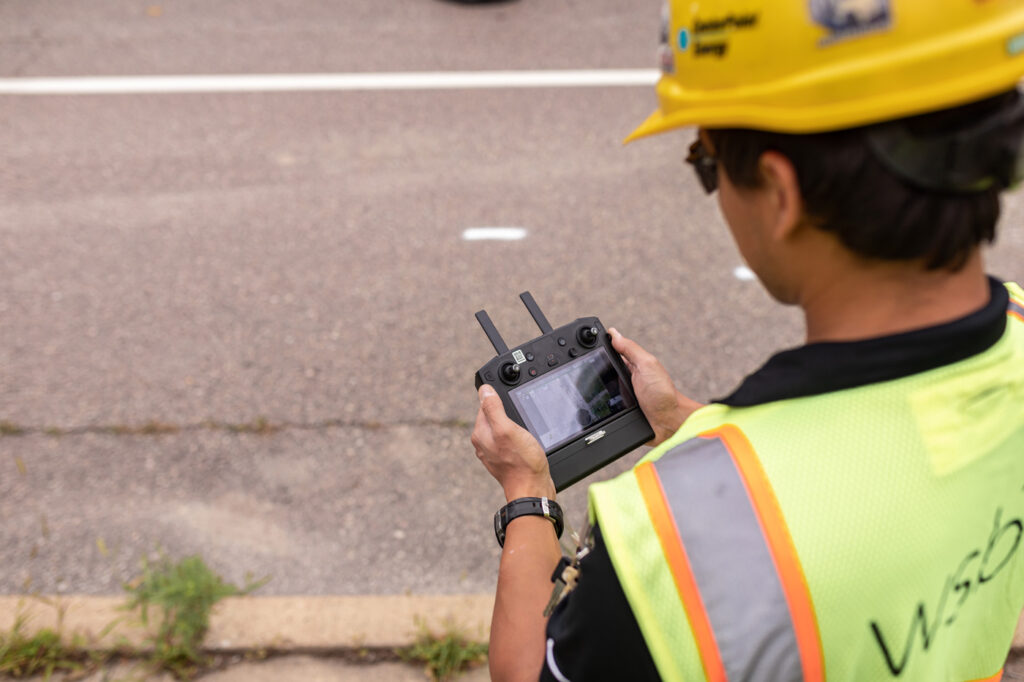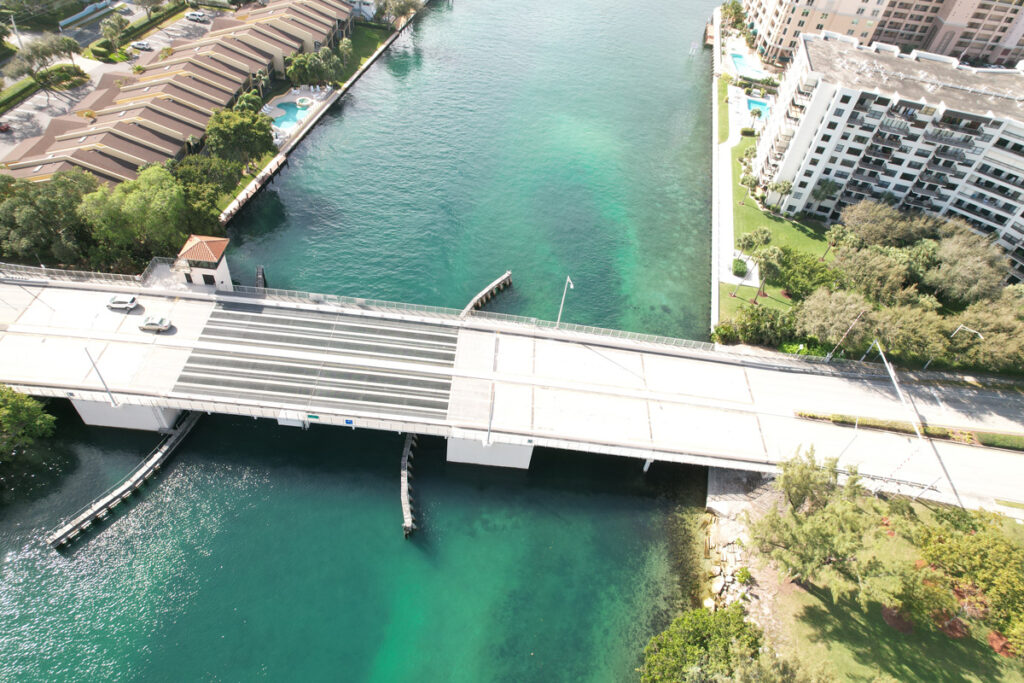Insights
Environmental Stewardship and Infrastructure: What Project Leaders Need to Know About Protected Species

July 18, 2023
By Alison Harwood, Director of Natural Resources
When it comes to infrastructure projects’ impact on local environments, understanding how a project could affect native species – including those that trigger Section 7 consultation with the U.S. Fish and Wildlife Service (USFWS), is critical. Section 7 consultation impacts any project with a federal nexus – meaning it receives federal funding, requires a federal permit, will be built on federal land, etc.
Those building the infrastructure of tomorrow want to protect our environment today.
Here are some considerations when navigating the Endangered Species Act to ensure projects are completed efficiently and without undue regulatory delay.
What ESA protected species have the most significant impact on infrastructure projects?
One recent species of note impacting many projects is the northern-long eared bat, which was recently moved from a threatened to endangered species by the USFWS. The bats, which make their habitat in the cavities and crevices of trees, affect projects that require tree removal in certain parts of the country. Because almost every major infrastructure project requires tree removal, this recent designation is altering timelines and planning for many projects.
In the Midwest, the rusty patched bumble bee, which lives in sandy, wooded areas, also affects many projects. Because of where the bees winter, it limits the season in which many projects can move forward.
The type of species that could impact a project depends heavily upon what region of the country the project is in, what ecosystems are impacted, and the kind of project.
How is it determined if a project would harm ESA protected species?
Every project has an impact on the local environment, no question, but the USFWS considers a project through the lens of how it could adversely affect a protected species. That could mean killing, injuring, disturbing habitat, or modifying a creature’s natural behavior.
What tools are best to help determine what impact a project will have on ESA protected species?
The USFWS provides an Information for Planning and Consultation (IPaC) tool that can search by county. From there, project managers can see any federally protected species in the county, as well as their habitat.
Just because a species is protected in a county, doesn’t mean the project will be affected by the ESA. For example, IPaC review of a project in Hennepin County, Minnesota would flag protected species in the Mississippi River. If a project is not near the Mississippi River, it’s unlikely that the project would affect protected river species. So, the type of project and where it’s located within a county plays a significant role.
What’s more, as project leaders plan, many are incorporating meaningful environmental stewardship components into projects, like planting native species, for example, which help mitigate negative impacts and bolster ecosystems.
Acting Early is Critical for Project Success.
Timelines vary based on a project, its location, and species affected. Components of a project may be limited to certain seasons when a species isn’t present, which is known as an “avoidance measure.” Moreover, for some ESA species, you may only be able to survey during limited periods of the year, and if you miss that opportunity, you must wait until the timeframe comes back around again. Ensuring you are on top of timelines prevents unnecessary project delays. Permitting could also require a longer, more complicated process if avoidance measures cannot be taken. That may mean getting a “take permit” – a process which can take a year or more.
Starting an evaluation early means having a better understanding of what is required under the ESA and helps avoid undue delays or regulatory surprises.
Planning early, getting information as soon as possible on how a project impacts protected species, looking at the best season for a project, and coordinating with regulatory agencies will ensure a project is ahead of the curve.





